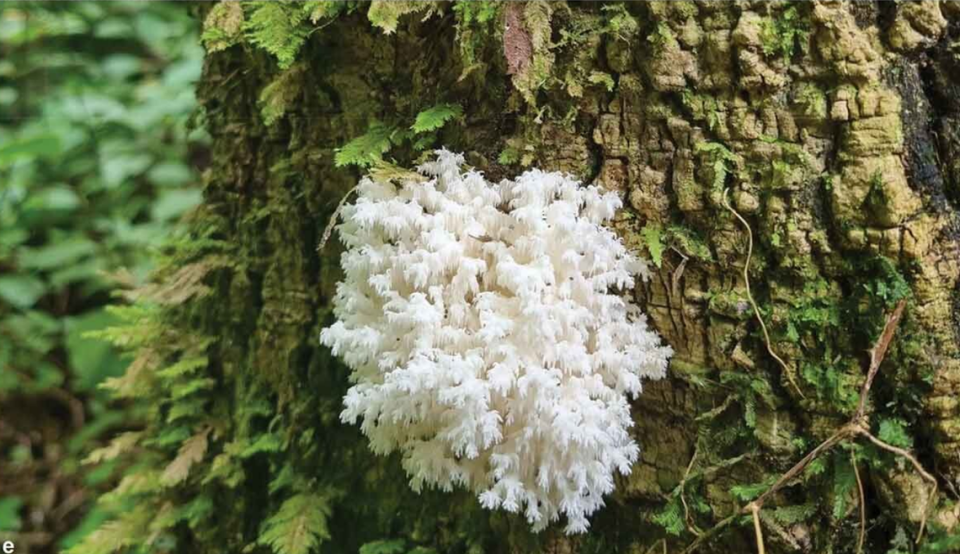Rare new mushroom with ‘exceptional medicinal’ qualities found by student in the woods
A college student stumbled upon an uncommon new species of mushroom, dubbed the “white phantom,” while walking in the woods of South Africa.
The biology student, Breyten Van der Merwe, then took a sample of the foreign fungi and notified a mycology professor at Stellenbosch University, located about 30 miles east of Cape Town, according to an April 24 news release from the school.
Through DNA sequencing, it was determined that the mushroom was indeed a new species and only the second in its genus, Hericium, discovered in Africa, according to a study published in March in the journal Mycology.
Members of the Hericium genus are extremely sought-after due to their “exceptional medicinal and health-promoting qualities,” researchers said. One of the species, Hericium erinaceus, known as the Lion’s Mane mushroom, has been used in traditional Chinese medicine for centuries.
“Several unique medicinal compounds have been described from Hericium species, and these compounds have been used in studies as treatments for everything from neuropsychiatric disorders like depression, to cancer, and even anti-aging treatments,” Van der Merwe told McClatchy News.
The newfound species appears to have a “unique ecology” in that it has only been found clinging to four kinds of hardwood trees, including Cape holly and Cape beech, in the Knysna-Amatole forests, Van der Merwe said.

It was given the name Hericium ophelieae in a nod to a French poem about the death of Ophelia, a character in Shakespeare’s “Hamlet.”
The poem includes the phrases “long veils,” “beautiful as snow,” and “white phantom,” which seemed to describe the drooping, milk-colored mushroom, researchers said.
Researchers did not say whether the mushroom brings those who consume it the same fate as Shakespeare’s ill-fated Ophelia, though they noted they are still investigating the compounds found within the new species.
“Mycology as a discipline is still underdeveloped in Africa and southern Africa,” van der Merwe said in the release. “This finding certainly highlights the need for further research into the fungal diversity of the Afrotemperate forests of South Africa.”
South Africa is considered a hotspot for mushroom and plant diversity, and there are likely many novel species waiting to be identified, researchers said.
The Knysna-Amatole forests cover parts of coastal and inland South Africa and are recovering from past timber harvesting operations, according to One Earth, a nonprofit.
Rare mushroom that hisses is spotted along trail at Texas state park, officials say
Elusive creature seen in India park for first time in century, officials say. See it
‘Cryptic’ creatures lurking in underground wells discovered to be new species in India

